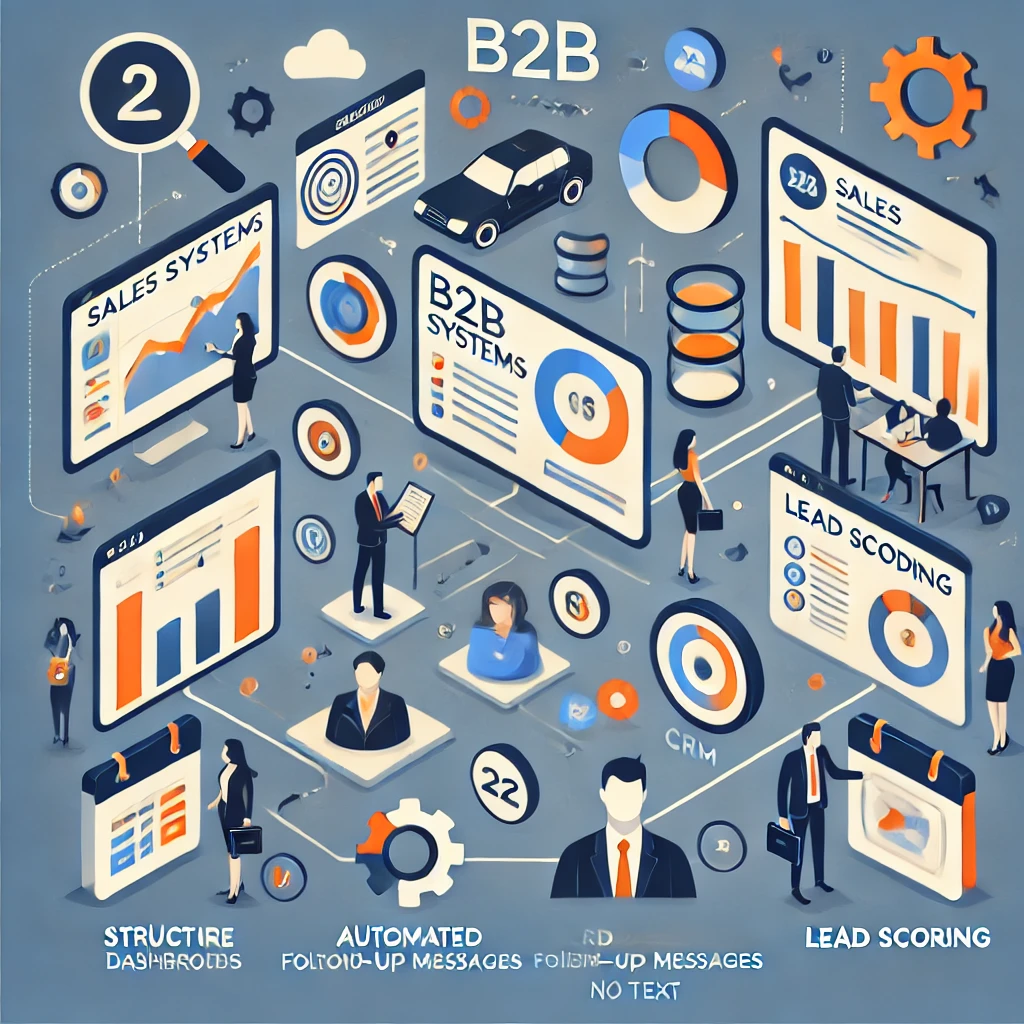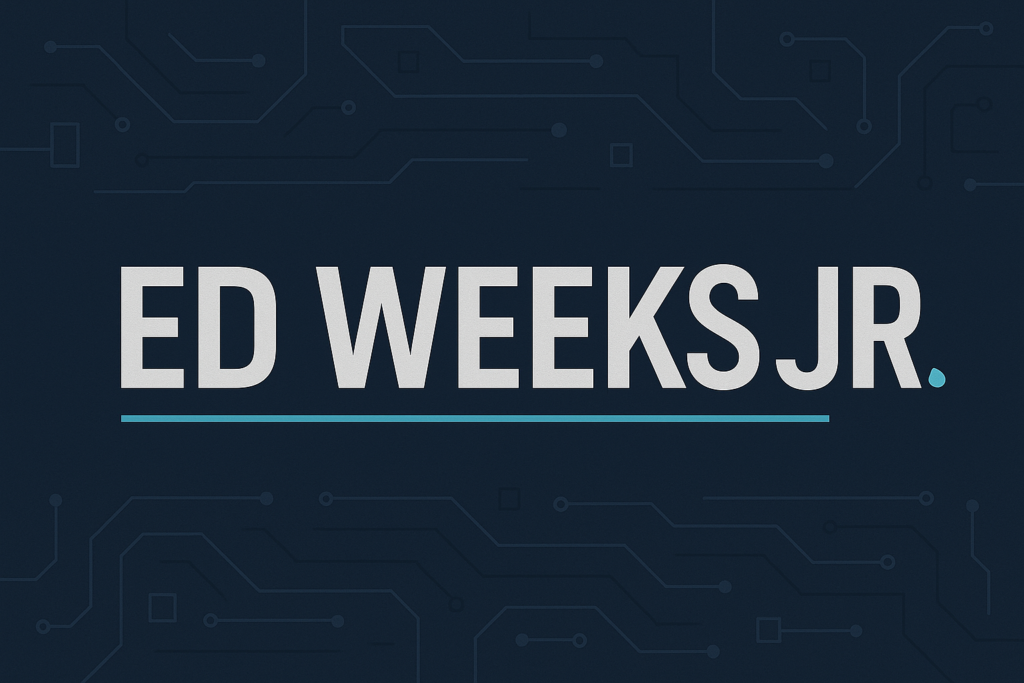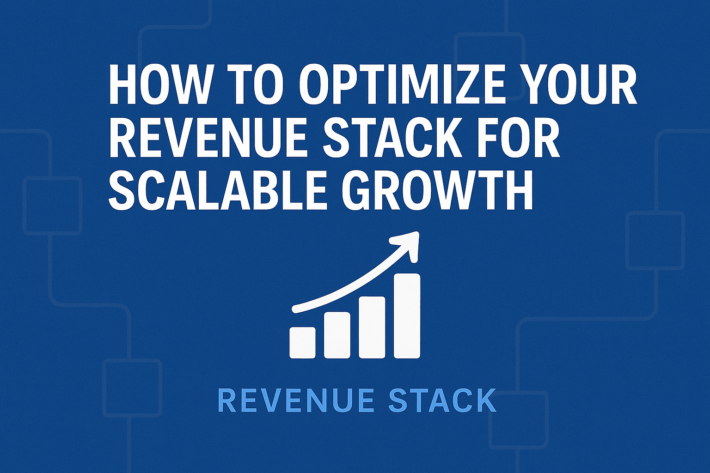Why Most B2B Sales Teams Underperform (And How to Fix It with a Revenue Stack)

Let’s be real: most B2B sales teams aren’t struggling because of lazy reps or mediocre products. They’re struggling because the systems they need to succeed are either broken—or never existed to begin with.
Whether your team is doing $750K or $10 million a year, sales success hinges on more than talent. It depends on having the right structure in place. In this post, we’ll break down the five silent killers of sales performance, the systems that solve them, and how to implement what Ed Weeks Jr. calls the Revenue Stack to drive growth and close bigger deals.
The Five Silent Killers of B2B Sales Teams
Even well-meaning, hard-working reps can struggle when the foundation is weak. Here are the five most common breakdowns Ed sees across B2B sales orgs:
1. No Defined ICP (Ideal Customer Profile)
Sales teams waste time chasing the wrong leads—people who were never going to buy in the first place. Without a clearly defined ICP, activity replaces strategy, and the pipeline fills with noise instead of opportunity.
2. Inconsistent Messaging
If your website says one thing, your sales team says another, and your marketing content goes in a third direction—your buyers get confused. And confused buyers don’t buy.
3. No Lead Scoring or Prioritization
Not all leads deserve equal effort. Without lead scoring, your team might chase cold leads while ignoring the red-hot ones—like that prospect who just watched three webinars and visited your pricing page.
4. No Follow-Up System
80% of deals close after the fifth touch. Most reps stop after two. Without a structured follow-up cadence, deals die in the pipeline instead of progressing.
5. No Accountability or Tracking
If you can’t measure performance, you can’t manage it. Without KPIs, dashboards, or stage-by-stage tracking, you’re flying blind and forecasting based on hope.
The Revenue Stack: A Sales System That Wins
The Revenue Stack is Ed’s framework for solving these problems with systems—not guesswork. It’s a repeatable, scalable foundation that top-performing sales teams rely on. Here’s how it breaks down:
1. ICP + Buyer Journey Mapping
Get ultra-specific about who your ideal customer is. Understand what triggers their buying journey, what questions they ask at each stage, and what pain points you’re solving.
2. Unified Messaging Framework
Your sales and marketing teams should speak the same language. Use aligned messaging around problem → solution → results. Build battle cards, objection-handling cheat sheets, and consistent scripts that support reps.
3. Lead Scoring System
Score leads based on firmographics (company size, industry), behaviors (email opens, site visits), and engagement (content downloads, demo requests). Prioritize leads that show high buying intent.
4. Automated + Manual Follow-Up System
Combine automated email sequences with manual, high-touch outreach for hot prospects. Use CRM reminders, AI chat, and calendar nudges to keep conversations alive.
5. Performance Dashboards + Coaching
Track everything—calls, emails, meetings, conversion rates, and closed deals. Use this data to coach based on performance, not guesswork.
What Top 10% Reps Are Doing Differently
High-performing reps don’t wait for leadership to install the stack. They build their own:
-
Pre-call research
-
Personalized outreach
-
Follow-up sequences
-
Objection-handling frameworks
-
Closing playbooks
They have systems, not just hustle.
Final Thoughts: Sales Doesn’t Need More Hustle. It Needs Better Systems.
If you’re tired of underperformance, unpredictability, and pipeline panic, stop blaming your reps—and start fixing your systems.
The Revenue Stack isn’t about adding more tools or micromanaging. It’s about creating clarity, consistency, and compounding wins.
Want to go deeper? Ed Weeks Jr. is launching a newsletter filled with playbooks, behind-the-scenes client wins, and real-world frameworks. DM him “stack” to get early access.


